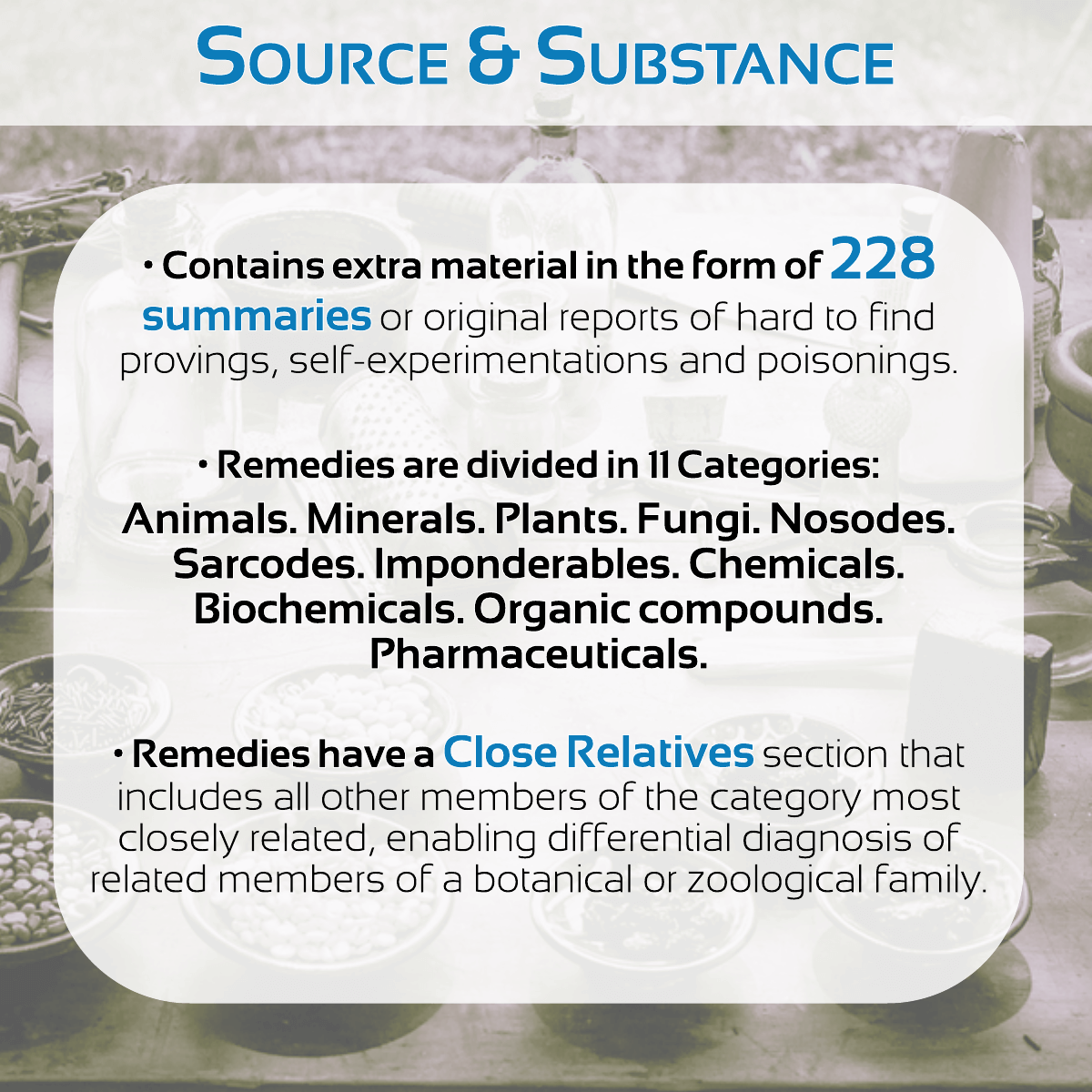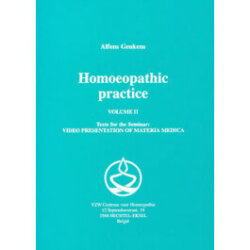Source and Substance by Frans Vermeulen
Source and Substance is a valuable tool for every homeopath because it provides a great variety of information about the substances remedies are made of and their properties. With the development of our understanding of the relationship between the remedy substance and its use as a remedy, this information is more useful and important than ever before. In book form, Source & Substance by Frans Vermeulen would span over 8,000 pages!
Interview with Frans Vermeulen on Source and Substance
Free Sample of Vermeulen’s Source and Substance

Bufo sahytiensis (old name; new name = bufo-mr.)

Frequently Asked Questions
When will I receive access after placing an order?
Generally, within 24-48 business hours. Orders are processed manually and it takes us this amount of time for processing.
How do I add my new books/features to my program?
Have another question about this product?




